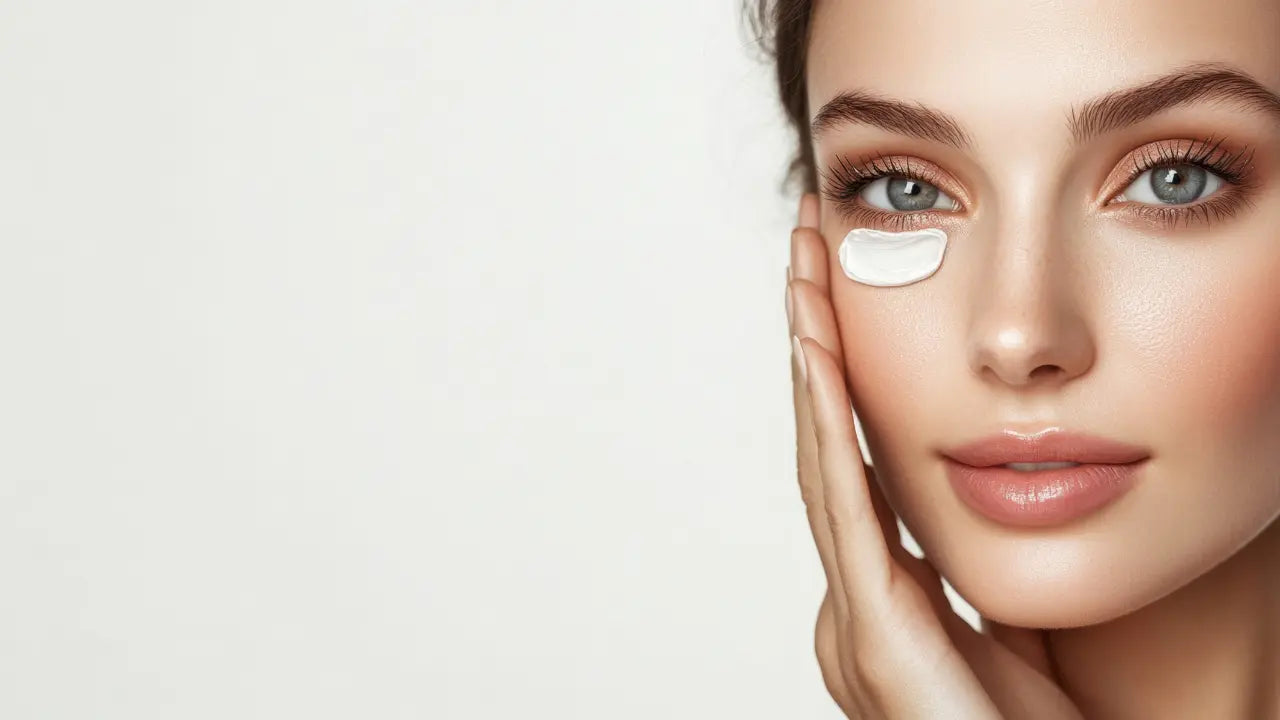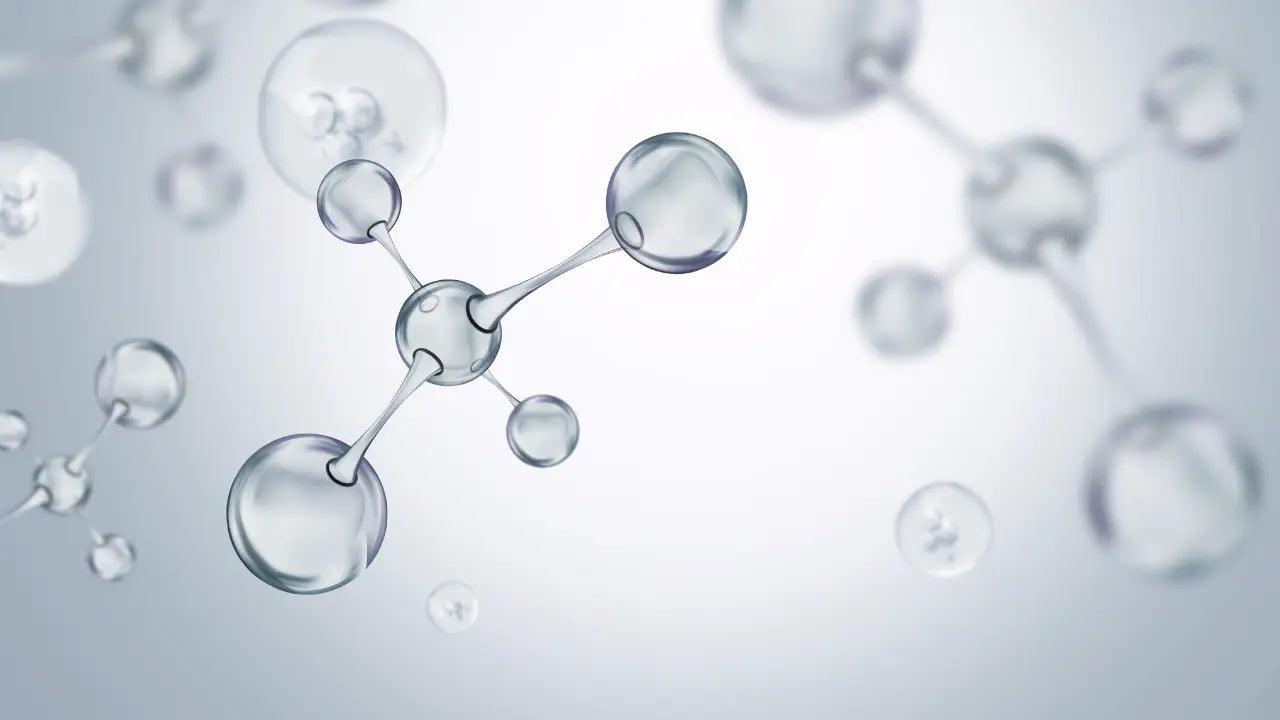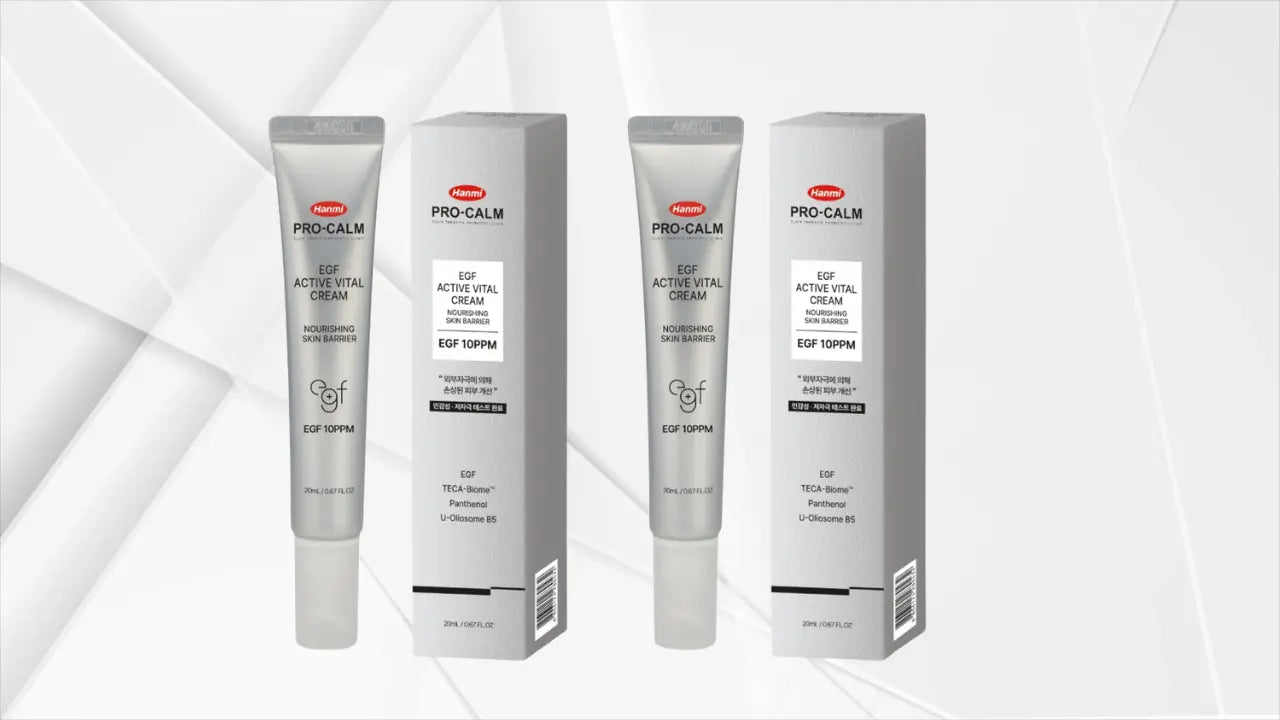If you typed “ahc serum” because you’re debating a brightening buy, you’re in the right place. I’ll walk you through what the Bright 3 Intra-Serum actually is, how its key ingredients may help uneven tone, and how to pair it in a routine without overloading your skin. I’ll also touch on adjacent AHC options and comparable K-beauty picks so you can choose based on tolerance, season, and your specific dark-spot story.
What “AHC serum” means today
When people say “AHC serum,” they usually mean the brand’s Pro Shot Gluta-Ctivation Bright 3 Intra-Serum, the brightening member of AHC’s Gluta-Ctivation collection. The range is positioned to visibly even tone and reduce the look of dark spots while aiming for a soft, “pink glow” finish; those claims come from the brand family pages, and they give useful context for what to expect from the line in general. AHC Beauty
In retailer listings the Bright 3 serum is described as a functional brightening product inspired by clinical brightening procedures, with language around “3D mela control technology” and consumer-perceived improvements in hyperpigmented texture and overall radiance. Marketing language aside, the interesting part for ingredient readers is the combination of niacinamide, tranexamic acid, phenylethyl resorcinol, and glutathione—an ensemble seen more and more in modern pigment care. OLIVE YOUNG
If you want the specifics before deciding, the public INCI list is straightforward. It shows niacinamide high in the deck, plus tranexamic acid, phenylethyl resorcinol, and glutathione, framed by emollients like squalane, barrier-friendly adenosine, and common texture and pH adjusters. That combination suggests a formula designed to support tone evenness with a moderately hydrating, cosmetically elegant base rather than an aggressive peel. DODOSKIN
For shoppers who like to start with a single product, you can try AHC Bright 3 Intra-Serum for targeted dark spots from our store; its texture layers easily after toner and before moisturizer without pilling on my combination skin in a heated indoor environment. Link for reference and full pricing details is here.
AHC Pro Shot Gluta-Activation Bright 3 Intra serum (40ml)
Key ingredients & how they work
Bright 3 combines several brightening strategies that act at different points in the pigmentation pathway. Niacinamide is the most broadly known; beyond barrier and hydration support, it has evidence for helping tone and sallowness and for moderating pigment transfer from melanocytes to keratinocytes. A recent mechanistic review frames niacinamide as multimodal—reducing oxidative stress and inflammation while nudging pigment processes—which explains why it shows up in so many brightening formulas today. PMC
Tranexamic acid is the second pillar here. It’s not a peel; instead, TXA interferes with UV-induced pigmentation pathways and is studied across oral, topical, and procedural combinations for melasma. Dermatology reviews suggest topical and procedural TXA approaches can be beneficial with a more favorable tolerability profile than systemic use, which requires physician oversight due to clotting risk. In consumer skincare, topical TXA serves as a steady, patient brightener rather than a quick fix, often showing better results after several weeks of consistent application. PubMed
Glutathione rounds out the “Bright 3” trio. It’s an endogenous antioxidant with proposed depigmenting effects via tyrosinase interaction and shifts in melanogenesis. Newer reviews flag that while mechanistic rationale is strong, clinical outcomes for topical glutathione are mixed and vary with concentration and delivery, so it’s best set as a supporting player rather than the sole hero. That framing matches my experience: in humid summer weather, antioxidant-rich brighteners tend to maintain clarity over time but still rely on daily sunscreen and steady routine habits. Wiley Online Library
Phenylethyl resorcinol is the often overlooked part of the formula. It’s a resorcinol derivative studied as a potent tyrosinase inhibitor, and both industry and peer-reviewed reports point to meaningful lightening effects at low percentages and good synergy with other brighteners. The literature includes comparator data versus hydroquinone analogs and practical notes on stabilizing the molecule in modern delivery systems; you’ll mostly notice this in the way formulas stay clear and elegant rather than turning sticky or unstable. PubMed+1
If you like the TXA path but would prefer a narrower INCI list, a TXA + niacinamide option if you prefer minimalist formulas is available in our catalog. It’s a nice way to see how your skin responds to tranexamic acid before layering multiple actives.
Anua TXA Niacin serum (2-pack)
Choosing among AHC “Pro Shot” variants & adjacent options
AHC’s “Pro Shot” family covers different concerns under similar packaging. Bright 3 is your pigment-care pick; Colla-Rejuvenation Lift 4 includes retinol for lines and firmness, which suggests night-only use and a cautious approach with other actives. If you’re dryness-prone, Hyaluro-Deep Volume 5 focuses on hyaluronic acid and cushioning moisture, which is often easier to tolerate in winter or with forced-air heating. These aren’t interchangeable; choose the one that aligns with your main goal, then fill gaps with supportive steps rather than stacking multiple “shots” at once. OLIVE YOUNG+1
If your routine already centers on a daytime vitamin C, you don’t have to abandon it to test Bright 3. Vitamin C and its derivatives remain a staple for daytime radiance and environmental defense, and many clinicians still consider C + sunscreen the backbone of a brightening routine, with targeted serums like Bright 3 layering in as a spot-care or evening step. For a simple AM option, you can explore our pure 23% vitamin C serum for AM radiance and keep Bright 3 for PM to reduce the chance of irritation. ACOFP ORG
COSRX Pure Vitamin C 23% Serum
Who it’s for (and when to pause)
The typical Bright 3 user is someone with post-blemish marks, mild sun spots, or overall dullness who wants a comfortable serum that doesn’t sting and plays well under makeup. In my experience, the texture feels like a light gel-emulsion that sinks fast without obvious film; on combination skin in a dry office, I still reach for a moisturizer afterward. If your skin is reactive, cushion the formula with a calming cream to reduce the sensation of actives, especially during the first two weeks.
For buffering, a cica cream to calm and “sandwich” actives can make a visible difference in tolerance without blunting results. Use a pea-size layer after the serum has settled and before sunscreen; that layer helps makeup glide as well.
Dr.G Red Blemish Cica Soothing Cream (50ml x 2)
If you’re rebuilding your barrier from winter dryness, retinoid overuse, or a peel, consider pausing brighteners for a few nights and focus on ceramides until skin feels comfortable again. A ceramide-rich cream for barrier support during brightening pairs well with a lean routine while your skin resets.
If you’re pregnant or breastfeeding, or if you have a history of melasma flares, discuss new brightening routines with your clinician. Topical niacinamide is generally well-tolerated, but sensitivity varies, and tranexamic acid usage—even when topical—is best considered in the context of your medical history. Sunscreen is non-negotiable, and a broad-spectrum SPF 30+ is the daily baseline dermatologists recommend for everyone as part of pigment care. AAD
How to use & routine pairings
Most readers see the smoothest path if they introduce Bright 3 once daily in the evening for a week, then step up to twice daily if skin remains comfortable. I apply after a watery toner and give it a full minute to settle before moisturizer. On days I’m outdoors, I keep Bright 3 at night and use vitamin C in the morning, which reduces formula stacking and makes sunscreen reapplication simpler over makeup.
Hydration support is underrated in brightening routines because dryness exaggerates the look of uneven tone. If you want a set-and-forget hydrator that behaves under SPF, a light gel-cream hydrator that layers cleanly under sunscreen is a good partner for Bright 3. In my testing, gel-creams keep the finish balanced in humid climates while still preventing tightness in air-conditioning.
Torriden DIVE-IN Hyaluronic Acid Soothing Cream (100ml x 2)
If you want to layer Bright 3 with actives: pairings with niacinamide are straightforward, while combinations with exfoliating acids or retinoids deserve spacing. I prefer AHA/BHA on alternate nights, retinoids on their own night, and Bright 3 on the remaining nights. Above all, sunscreen is the real “brightener,” and the AAD guidance is clear: broad-spectrum, water-resistant SPF 30+ applied generously and reapplied as directed is essential to maintain any progress on spots. AAD
For those who like to read ingredient science, niacinamide’s daily-use benefits include tone uniformity and barrier support; TXA contributes to melasma-adjacent pathways; glutathione’s topical data is promising but variable; and phenylethyl resorcinol serves as a targeted tyrosinase inhibitor that can round out the mix. This multi-path approach is why a week of use usually shows subtle clarity and makeup-friendliness, while a month or more is when you tend to see meaningful changes in look of spots, always with the caveat that responses vary by skin type and diligence with SPF. PubMed+3PMC+3PubMed+3
If you prefer to trial just the TXA path before committing to a fuller brightening blend, you can start with the Anua TXA Niacin serum for four to six weeks and then decide if you want to add or switch. Conversely, if your mornings already revolve around vitamin C, keeping Bright 3 at night is a nice way to diversify mechanisms without complicating your AM steps.
Anua TXA Niacin serum (2-pack)
COSRX Pure Vitamin C 23% Serum
Comparisons & FAQs
Is AHC Bright 3 “better” than a vitamin C serum? They solve slightly different jobs. Vitamin C is my daytime staple for city living, taken straight from physician literature emphasizing C plus sunscreen for photoaging defense. Bright 3 is excellent at night when you want pigment-pathway support without exfoliation; you’ll likely notice a smoother makeup canvas and subtle evening of tone after a few weeks, provided SPF habits are solid. ACOFP ORG
What about TXA vs niacinamide—do I need both? Not necessarily. TXA and niacinamide can complement each other; many see steady improvement from niacinamide alone, and TXA adds another lever if you’re melasma-prone or dealing with persistent PIH. If your skin gets easily overwhelmed, a single-active TXA + niacinamide formula is a smart test drive before you layer more. PubMed+1
Where does glutathione fit? Think of it as support for oxidative stress and pigment control with caveats about variability in topical evidence. In blended brighteners like Bright 3, glutathione likely plays a background role while niacinamide, TXA, and phenylethyl resorcinol do more of the heavy lifting. That said, antioxidants tend to show their value over months, not days. Wiley Online Library
How long until I see results? Most clinicals on these actives speak in weeks, not days. Brand pages cite four-week consumer-perceived brightness for Bright 3, but your mileage will depend on sunscreen diligence and whether triggers like heat and UV are controlled. I personally reassess brightening routines at the six- to eight-week mark, then decide whether to maintain, rotate, or pause. OLIVE YOUNG
Any final routine tip? Keep one calming cream in the mix to preserve tolerance. If redness and tingling show up, scale back to every other night, moisturize generously, and re-introduce slowly. A cica-rich cream or a ceramide-forward moisturizer usually keeps things steady so you don’t have to give up on brightening entirely.
For readers who want a single-brand path, Bright 3 is the logical AHC choice for tone, while Colla-Rejuvenation caters to firmness and Hyaluro-Deep caters to bounce. The takeaway is simple: pick one clear goal, add sunscreen, and let your skin tell you how fast to proceed. OLIVE YOUNG+1




